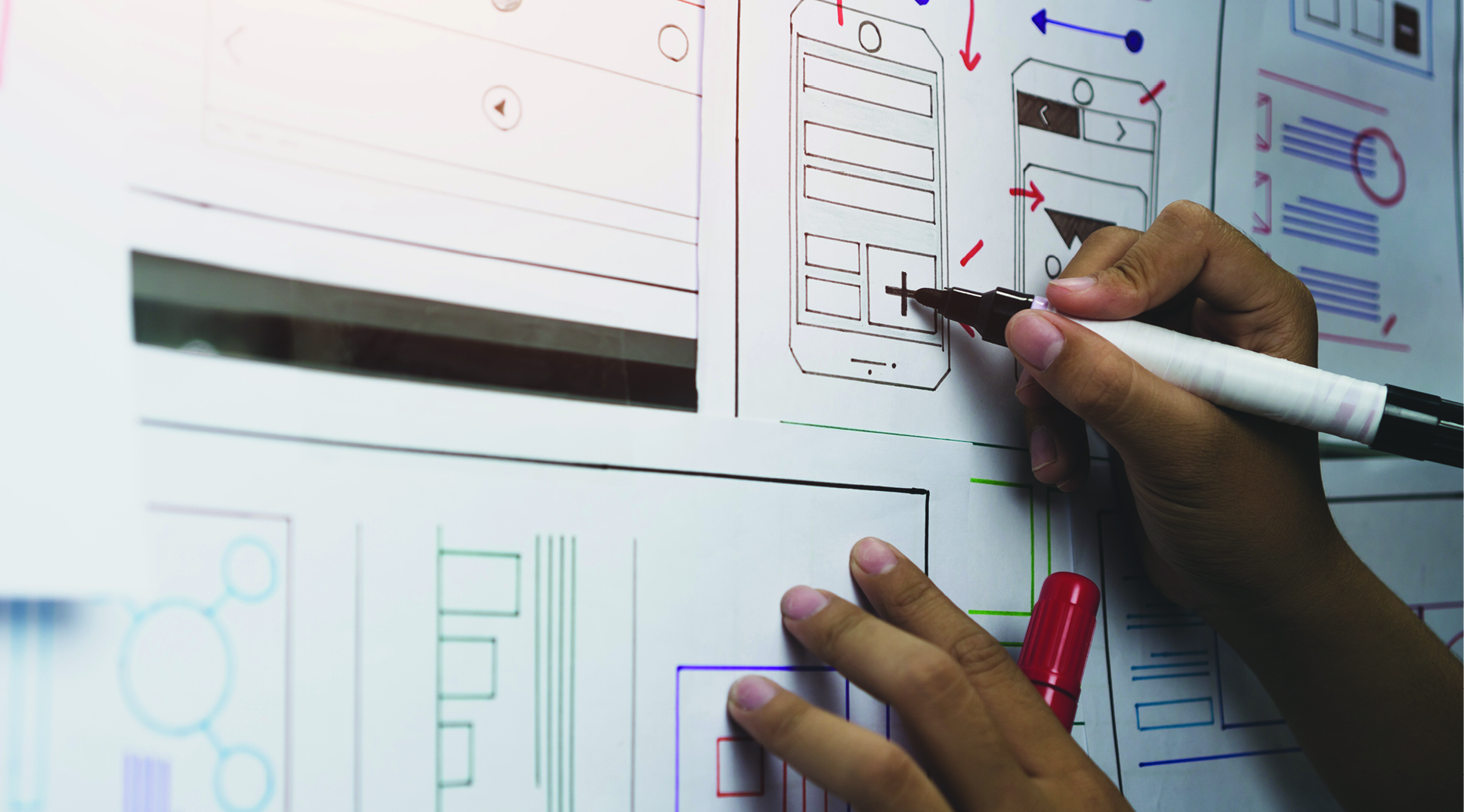

Automation is more than a trend in today’s rapidly evolving digital landscape. However, automation’s success hinges on integrating efficient UI/UX design services, which drive productivity and streamline software development processes.
These staggering numbers underscore the transformative impact of incorporating UI/UX design into automation strategies, ultimately leading to increased efficiency and profitability.
UI/UX design services are essential for streamlining the software development process and play a significant role in automation. A well-designed blueprint guides developers and helps reduce the coding complexity, accelerating the development cycle.
Implementing UI/UX design services effectively is crucial in driving automation within software development. This process requires a systematic approach to ensure visually appealing designs and enhance automation. Here’s how you can strategize this integration for maximum efficiency:
This approach reduces the need for repetitive tasks, allowing developers to focus on more complex automation processes. As a result, your automation becomes more scalable, and you achieve faster development cycles.
Measuring the ROI of UI/UX design services in automation is crucial for understanding their impact on software development. Effective UI/UX design implementation directly influences efficiency, cost savings, and productivity, making it essential to assess the tangible benefits.
Connect with our expert team today to harness these benefits and elevate your automation strategy. Contact CLS today to discover how our UI/UX design services can revolutionize your software development process and deliver measurable ROI.



Gain a competitive edge in the marketplace and free up valuable time and resources to focus on growth and innovation.
We are here for you! How can we help?
